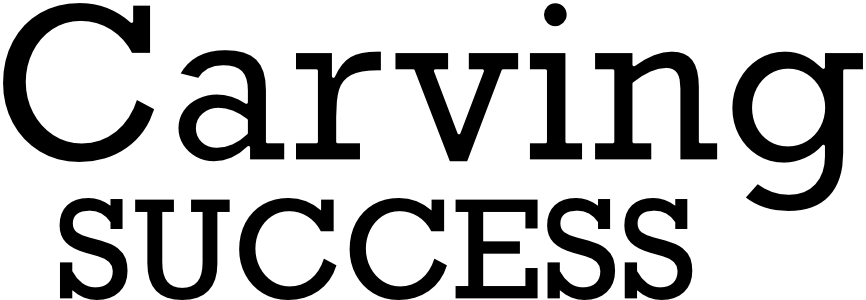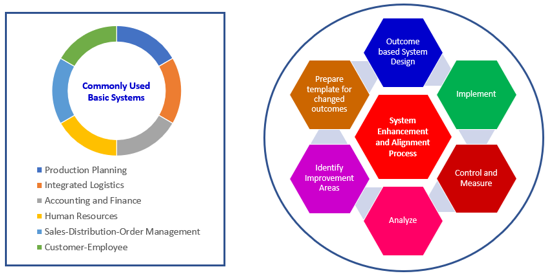The concept of systems creep is inherited from the US Government report on “The Challenger Space Shuttle” episode. Here is a brief extract from the same:
Extract from report: Investigation of the challenger accident – Report of the committee on science and technology house of representatives ninety-ninth congress. (https://www.govinfo.gov/content/pkg/GPO-CRPT-99hrpt1016/pdf/GPO-CRPT-99hrpt1016.pdf)
- The Committee confirms that the safety, reliability, and quality assurance programs within NASA were grossly inadequate, but in addition recommends that NASA review its risk management activities to define a complete risk management program.
From several responses received it appears as if the general impression is that systems creep is mostly related to fraud, ethics, and the human nature of turning a blind eye to minor symptoms. To put it simply, we find it easier to live in the present without considering the future, especially if things are going reasonably well. Hence the adages “If it ain’t broke, don’t fix it” or “let sleeping dogs lie”. However, this is not entirely true.
We must accept that systems creep is a normal phenomenon in all aspects of business and life. Still, it is important to put mechanisms in place to ensure course corrections before things get out of hand or lead to damaging end results. System creep does not take place by design. In fact, it is an unintentional outcome because of the lack of awareness to the gradual decline in the effectiveness of business and engineering processes which could be due to negligence or lack of timely alignment to current environments and situations. Some diverse examples of Systems creep are:
- Industry: Applying short-cuts in processes to save time effort and resources; to meet deadlines (management decision), save personal time and effort (Individuals reduce work effort), use lesser men and material (financial benefits). All these begin by small deviations going unnoticed (the deviation to impact occurrence is random and the risk cannot be directly observed or measured) which embolden the perpetrators to take their digressions to a higher level.
- Personal: Ignoring minor medical symptoms till the situation becomes critical and major treatment is required. OR ignoring traffic rules till an accident occurs. OR Brushing aside feedback from friends and family till a major mishap. It could be a plumbing leak or an electrical fault or even addressing apprehensions brought up by children.
- Technical/Financial/Management: Non-comprehensive internal and external audits/inspections are often taken. The reason for this is the certain audit points taken for granted as they have no history of past problems. Or audits that use checklists that are not continuously upgraded to assess new areas or existing areas with greater depth.
These are just a few representative examples. However, it is also important to appreciate that other aspects are connected to systems creep. Some of these could be fraudsters, employee/whistleblower security, and even Tax Officials.
Just like “white space analysis” is carried out by sales and marketing divisions to identify business opportunities, fraudsters look for process gaps to game the system. The tax officials are also in constant search for process gaps to identify possible fraud areas. At the same time, many employees are reluctant to challenge system deviations because of a possible backlash.
Here are a few ideas to facilitate reflection on checking systems creep and to promote further discussion on the topic:
- Organizations may carry out regular and periodic process audits with a view to (a) ensure the current systems are being implemented (b) to upgrade systems to address the changing goals and objectives (3) to identify and plug any existing gaps.
- Process audit consultants need to be selected in rotation based on their (a) context knowledge and experience (b) diverse experience in the same context. (example purchase systems from manufacturing in chemicals and metals or Public relations systems in the hospitality and IT sectors.)
- Constant networking across functional and industry sectors to understand new dimensions in the dynamic markets to enable insight and foresight in developing hybrid systems for better results. This is currently being done by most top management subconsciously and mostly by default.
- Building an environment in the organization where employees feel comfortable in questioning and challenging the status quo of systems especially in critical and vulnerable areas. Example Areas: safety, quality, and finance.
- Develop a personal brain trust group (a circle of advisors outside the organization, consisting of persons that are experienced and knowledgeable) to use as sounding boards for knowledge acquisition and implementation ideas. (more information is available on “Carvingsuccess.com)
In today’s terminology, it could be said that one must be in a state of constant alert for new mutants of the coronavirus. So, management also needs to be in a state of constant alert for signals of systems creep. Setting up mechanisms for continuous checks and balances could be one of the ways to stem system creep.


